Project background
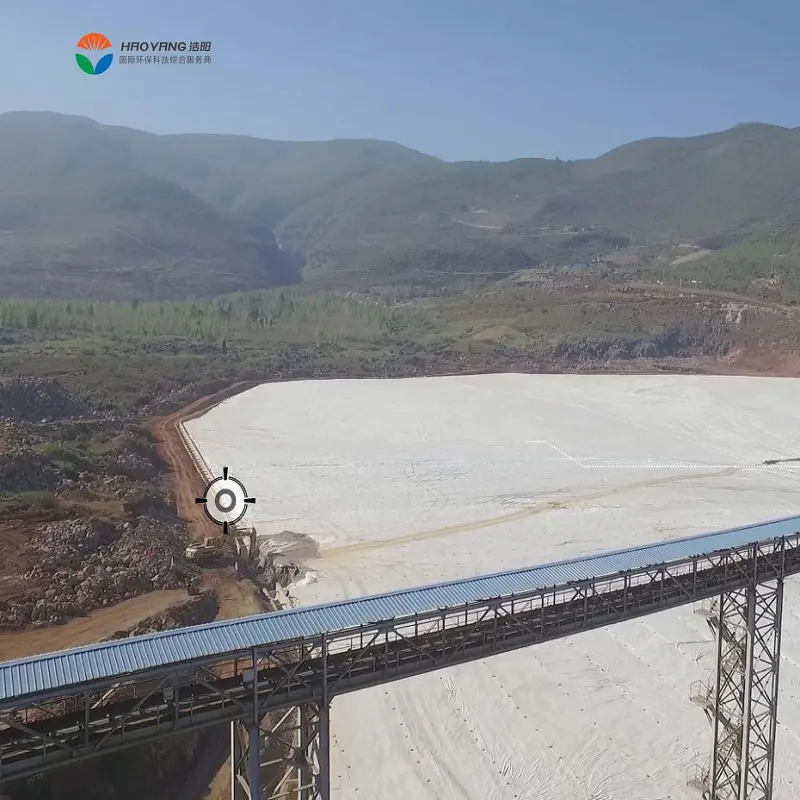
The Yezhe Village Phosphogypsum Residue Repository, located in Laohelongou, Gongshan Town, Xundian Hui and Yi Autonomous County, northern Kunming City, Yunnan Province, is a project undertaken by China National Chemical Corporation Yunnan Co., Ltd. The first phase is a Class III tailings pond with an effective capacity of 8.3427 million cubic meters, designed to meet the production and storage needs of the factory for 10 years. The slurry pipeline and return water pipeline each span approximately 20 kilometers.
Issues of this project
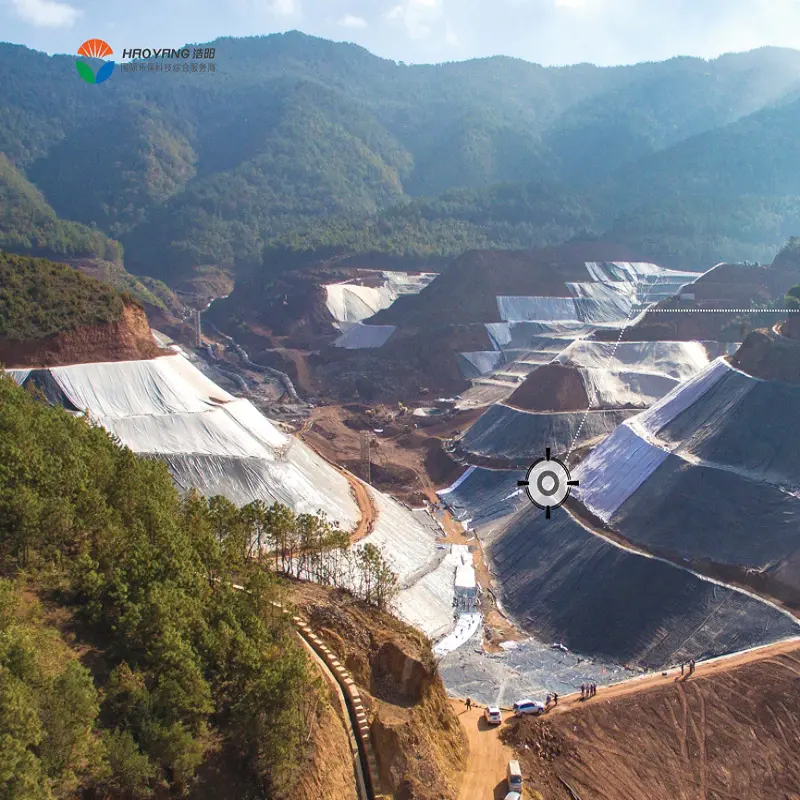
1, Anti-Seepage System Issues: The anti-seepage system of the residue repository is a critical component, and problems such as damage, leakage, or permeation in the anti-seepage layer may occur, requiring regular inspection and maintenance.
2, Leachate Treatment: The leachate generated from phosphogypsum may contain harmful substances such as heavy metals and sulfate. Therefore, the treatment and disposal of leachate pose significant challenges.
3, Stability of Residue Mass: The stability of the residue mass in the repository may be compromised, necessitating monitoring and assessments to ensure there is no sliding or collapse of the residue.
Our company has been specifically hired to take charge of this project. The project is located in a valley with an elongated terrain, featuring steep slopes on both sides. The construction poses significant challenges due to the challenging topography.After a comprehensive assessment,
our solution is:
573276.webp)
The design structure of the bottom and slope anti-seepage system from bottom to top is as follows:
1, Sodium Bentonite GCL : Effectively prevents the harm caused by uneven settlement to the HDPE geomembrane and serves as an auxiliary measure for anti-seepage and isolation.
2, Single Rough Surface HDPE Geomembrane: Overcomes challenges posed by adverse geological conditions, meeting project requirements. With excellent mechanical properties, good elongation, and stable chemical performance, it enhances anti-slip performance and construction quality.
3, Filament Spunbond Nonwoven Needle-Punched Geotextile: Permeable while preventing damage to the membrane from sharp objects or sudden uneven loading. The product's performance and construction quality well meet the practical requirements of the project.
The two important Anti-Seepage parts:
1, Phosphogypsum Residue Repository Bottom Anti-Seepage:
Starting from the bottom and moving upward, the sequence includes leveling and appropriate compaction of the foundation, compacted clay, geogrid, 4800g/m² GCL (Geosynthetic Clay Liner) bentonite waterproof blanket, 6.3mm three-dimensional composite drainage net, 1.5mm HDPE single textured geomembrane, and 600g/m² geotextile.
2, Phosphogypsum Residue Repository Slope Anti-Seepage:
Similarly, from the bottom to the top, the sequence involves leveling the foundation, applying 4800g/m² GCL bentonite waterproof blanket, 1.5mm HDPE single textured geomembrane, and partial use of 600g/m² geotextile.
The products we use:
1, 4800g Sodium Bentonite GCL
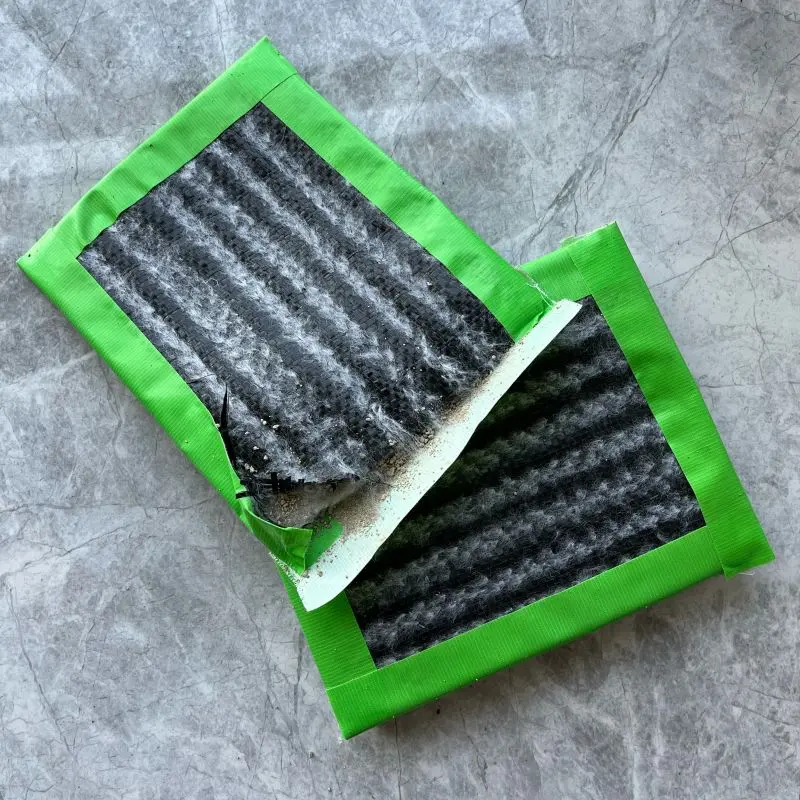
The funtions of 4800g Sodium Bentonite GCL in this project:
1), Containment: Contains and isolates any potential contaminants or hazardous materials, preventing them from spreading into the surrounding environment.
2), Stability Enhancement: Enhances the stability of the project area by providing a secure and impermeable layer, particularly important in challenging terrains.
3), Structural Support: Provides additional support to the overall structure, contributing to the integrity and durability of the project.
4), Environmental Protection: Safeguards the environment by preventing the migration of harmful substances, aligning with best practices in environmental protection.
5), Effectively prevents the harm caused by uneven settlement to the HDPE geomembrane.
2, 1.5mm Black Single Textured HDPE Geomembrane
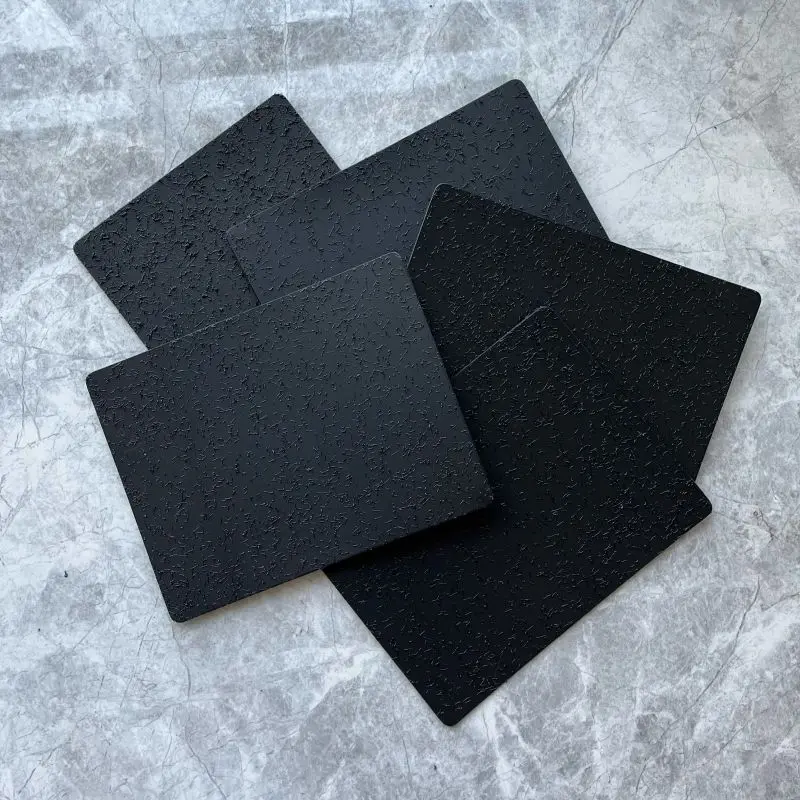
The funtions of 1.5mm Black Single Textured HDPE Geomembrane in this project:
1), Seepage Prevention: Serves as a robust barrier to prevent the seepage or leakage of liquids, ensuring containment within the designated area.
2), Geomembrane Integrity: Enhances the overall integrity of the project by providing a durable and impermeable layer.
3), Durability: With a thickness of 1.5mm, the geomembrane offers durability and resilience against environmental factors, contributing to the long-term effectiveness of the project.
3, 600g/m² Filament nonwoven needle punched geofabrics
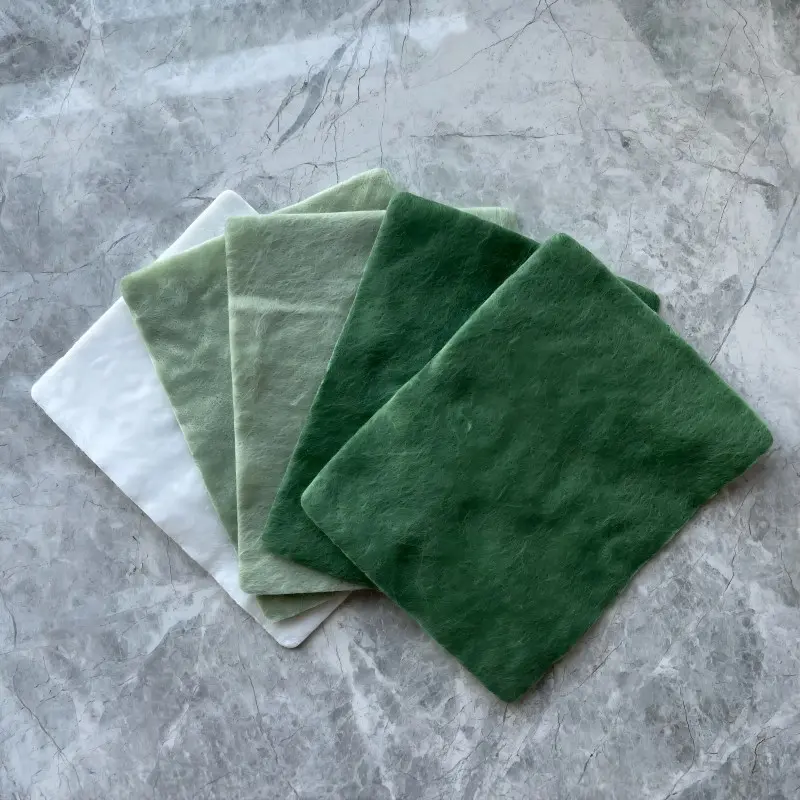
The funtions of 600g/m² Filament nonwoven needle punched geofabrics in this project:
1), Separation: Provides a separation layer between different soil materials or between soil and other components, preventing mixing and maintaining distinct layers.
2), Filtration: Acts as a filtration barrier, allowing water to pass through while preventing the migration of fine soil particles, ensuring proper drainage.
3), Reinforcement: Enhances the mechanical stability of the soil, especially in areas prone to erosion or where additional strength is required.
4) ,Erosion Control: Helps control soil erosion by stabilizing the soil surface and preventing the loss of soil particles due to water flow.
5), Preventing damage to the membrane from sharp objects or sudden uneven loading.
4, 6.3mm three-dimensional composite drainage net
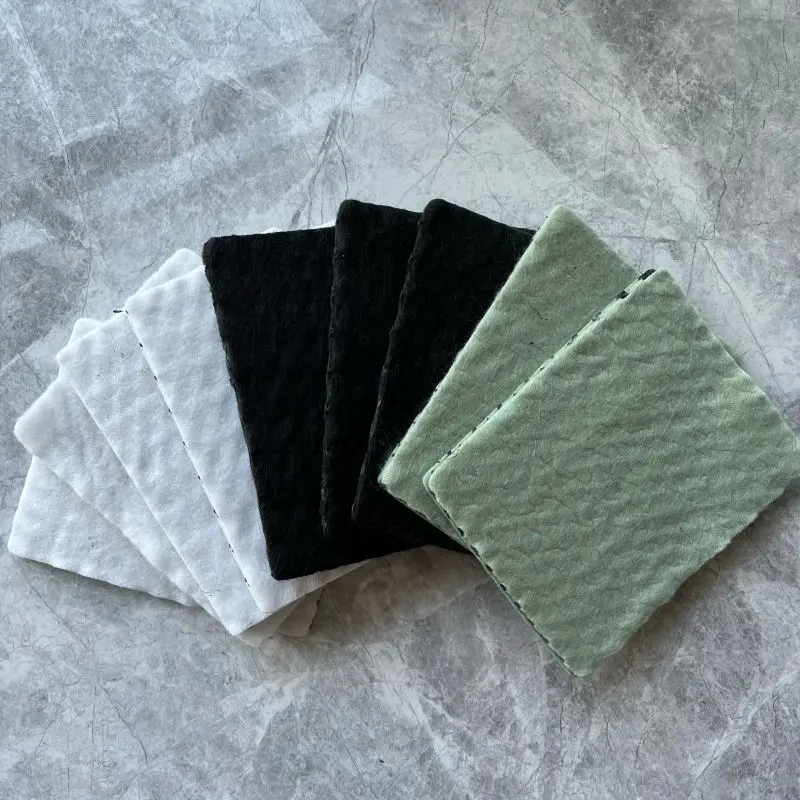
The funtions of 6.3mm three-dimensional composite drainage net in this project:
1), Water Drainage: Facilitates efficient drainage of water from the repository, preventing water accumulation and ensuring proper water management within the project site.
2), Erosion Control: Helps control soil erosion by channeling water away from vulnerable areas, preserving the stability of the repository structure.
3), Ventilation: Enhances the ventilation of the repository by allowing the movement of air through the three-dimensional structure, reducing the risk of trapped gases and promoting a healthier environment.
4), Load Distribution: Distributes external loads and pressures evenly across the surface, providing additional support to the underlying layers and contributing to the overall stability of the project.
Protection of Geomembrane: Acts as a protective layer for underlying geomembranes, preventing damage and ensuring the longevity of the anti-seepage system.
Our company has demonstrated outstanding professionalism and delivered high-quality products in this project. Through our exceptional technical capabilities and extensive experience, we successfully provided solutions that meet the highest standards. Our high-quality products, especially in the application of anti-seepage systems and geotechnical materials, played a crucial role in contributing to the success of the project. This success not only showcases the strength of our company but also solidifies our reputation in the industry. Thanks to the dedicated efforts of every team member, this remarkable achievement was made possible.
FAQ
1. What is the role of geofabrics in the Yezhe Village Phosphogypsum Residue Repository Project?
Geofabrics play a pivotal role in providing various functions, including separation, filtration, reinforcement, and environmental protection. They contribute to the stability and integrity of the repository structure.
2. How do geofabrics contribute to environmental protection in the project?
Geofabrics act as a barrier, preventing the migration of contaminants and hazardous materials, ensuring that the phosphogypsum residue is securely contained, and minimizing the environmental impact.
3. What specific types of geofabrics are used in the project, and why?
The project utilizes geofabrics such as needle-punched nonwovens and GCL (Geosynthetic Clay Liner) bentonite waterproof blankets to provide a multi-functional solution, addressing the unique requirements of the repository's bottom and slope anti-seepage systems.
4. How does geofabric contribute to the stability of the repository in challenging terrains?
Geofabrics, particularly those used in slope anti-seepage, contribute to stability by preventing erosion, enhancing soil stability, and providing structural support in areas with challenging topography.
5. Are geofabrics a sustainable choice for this type of project?
Yes, geofabrics are a sustainable choice as they promote proper waste containment, prevent environmental contamination, and contribute to the long-term stability and effectiveness of the phosphogypsum residue repository.
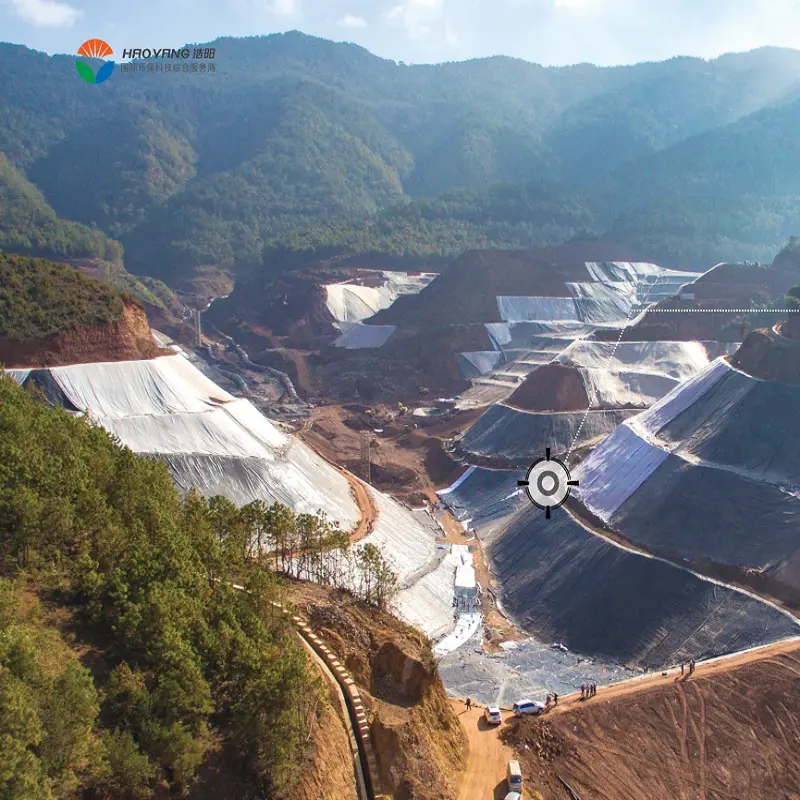


781.webp)